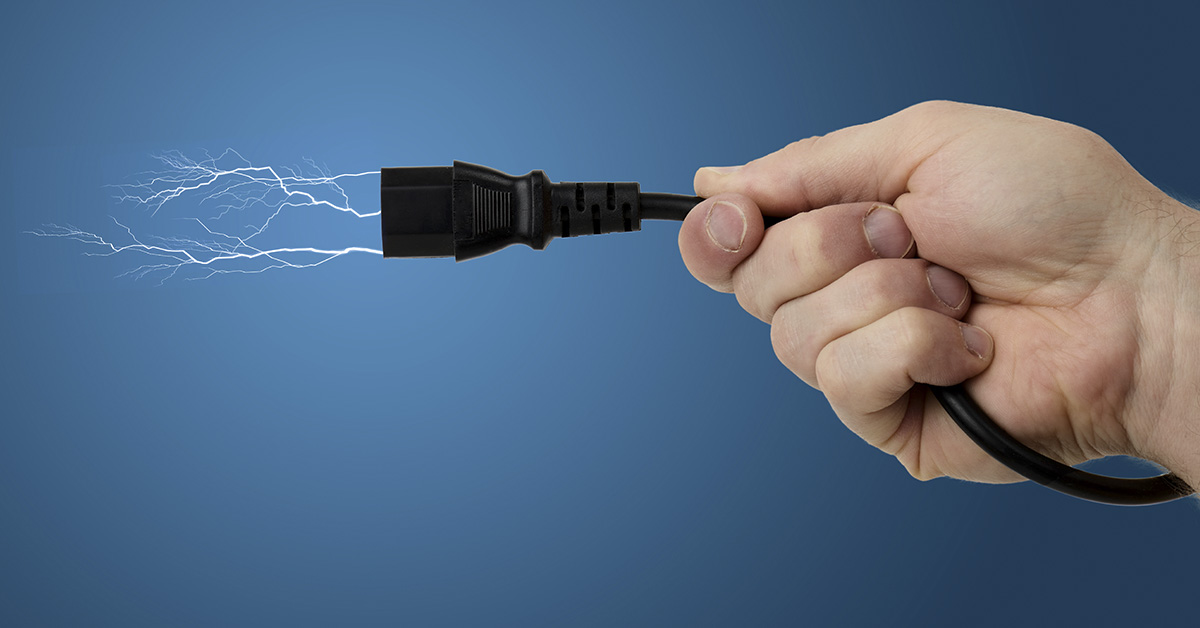From as early as Nikola Tesla’s experiments in the early 1900s, wireless electricity has been a topic of interest for scientists and researchers alike. As technology advances, making electricity wireless is moving from a dream to reality.
What is Wireless Electricity?
Wireless electricity, also known as wireless power transfer, is the transmission of electrical energy from one point to another without the use of any wires or cables. It’s the same concept as sending text messages but with energy instead of asking your roommate what you should do for dinner. This is achieved through the use of electromagnetic fields, which allow energy to be transferred wirelessly over short or long distances.
Advancements in Wireless Electricity
While this technology has been difficult to achieve and is technically not ready yet, there are a few frontrunners for large-scale use:
Solar Satellite Transmission
This method is the most popular so far, involving the use of satellites high in Earth’s orbit that would soak up solar rays and convert them into energy. This energy, made of microwaves, would be relayed to an antenna or power grid down on Earth’s surface and converted again from microwaves to direct current (DC) energy. The DC energy would then be sent to individual homes to power them as energy packets¹.
Microwave Power Transmission (MPT)
MPT involves turning microwaves into DC power by using a microwave receiver and a DC rectifier². This method has proved tricky to master, with the highest transmission efficiency being set back in 1975 with an efficiency of 84%¹. However, it has been shown that as power levels to be transmitted rise, the efficiency levels drop. Additionally, this energy transfer is yet to see any success being transmitted over long distances.
Laser Transmission
This method involves converting DC energy into lasers to then send without the need for wires. The most efficient ones are made from the same materials used in fibre optics and communicating in space. A photovoltaic receiver picks up the sent laser beam and then creates power from it. The big draw to this system is how much more control in directing this energy we would have and the long-range potential that can come from using a laser.
Drawbacks
Convenience
One of the most significant benefits of wireless electricity is convenience. With wireless electricity, you won’t have to worry about plugging in your devices or tripping over cords. This technology allows you to charge your devices or power your home without any physical connection.
Mobility
Wireless electricity also has the potential to revolutionize the way we use mobile devices. For example, imagine a world where electric vehicles can charge while in motion, eliminating the need for charging stations.
Sustainability
Wireless electricity has the potential to be a sustainable source of energy. As we move towards a more sustainable future, wireless electricity could play a significant role in reducing our carbon footprint.
Challenges of Wireless Electricity
While wireless electricity offers many benefits, there are still several challenges that need to be addressed before it can be widely adopted.
Efficiency
One of the main challenges of wireless electricity is efficiency. Wireless power transfer is less efficient than traditional power transmission methods, which can result in energy loss.
Cost
Wireless electricity is still a relatively new technology, and as such, it can be costly to implement. The cost of the technology and the infrastructure required to support it can be a significant barrier to adoption.
Safety
Wireless electricity also poses some safety concerns. Electromagnetic radiation can be harmful to human health, so it’s important to ensure that it is safe for both humans and the environment.
Some precautions – like adding an additional laser barrier around the energy beam sent during laser transmission to turn off the main beam before anything gets in its way – have been discussed and can be put into practice, but the benefits need to outweigh the concerns.
Conclusion
Wireless electricity is a promising technology that has the potential to revolutionize the way we use and consume energy. While there are still some challenges that need to be addressed, advancements are being made at a rapid pace. As we move towards a more sustainable future, wireless electricity could play a significant role in providing us with a convenient and efficient source of power. It is clear that this technology is a game-changer, and as we continue to make advancements in this field, we can look forward to a future where wireless electricity is the norm rather than the exception.
Keep Reading: This Man Generates Free Electricity Using A Water Wheel
Sources
- “Welcome to the Age of Wireless Electricity” Interesting Engineering. September 1, 2032.
- “What is a Rectifier?” Dyna Power. August 2, 2022.

